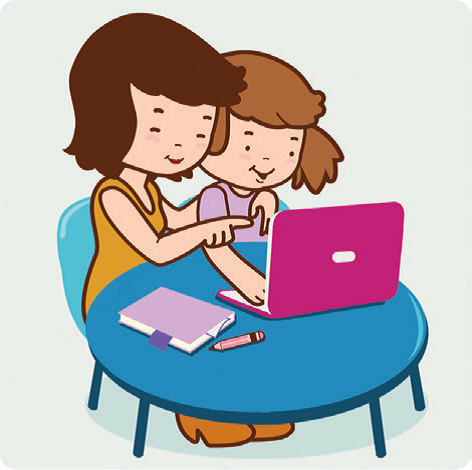by Kippie Martin
This is an article about how hearing one’s voice can possibly be used as a method of motivating, focusing, and healing.
As an assistive technology consultant who has worked with individuals with disabilities for over twenty years, I have utilized software, hardware, and adaptive devices to meet the goals of students with disabilities. Acknowledging that new discoveries are made each day if we as educators are able to observe, research, make connections, and accept what our students teach us. My goal is to share the results of one of my assistive technology sessions in hopes that when shared it can assist others who struggle with developmental and mental issues.
The series of weekly sessions with the student began utilizing assistive technology to work on communication, and cause and effect skills. The student who was autistic utilized an iPad and several apps. Each session consisted of requesting the student to select objects on the screen. Initially, the student responded to my request to select pictures on the iPad, however after a few minutes, the student became uninterested and started yelling and pulling away. I changed the app to keep the student interested but the student continued to signal their disinterest. It was not until the app was changed to “Talking Tom 2,” that the student calmed down. Unbeknownst to me, the program, “Talking Tom 2,” automatically recorded the student’s voice as they yelled and played it back in a high-pitched sound. When the student heard their voice played back they focused on the character on the screen, sat down, and laughed. The assistive technology session continued with success. It was at this moment that I realized that when the student heard their voice, it was not only calming, but also amusing. Some of the milestones accomplished were that the student was able to listen, follow instructions, focus, stay on task, and continue with the session. Please note that although the app played back the student’s voice in a high-pitched tone, the student was able to identify the difference between their voice and my voice. Hearing my voice in a high-pitched voice did not calm the student.
This prompted me to research other experiments about hearing one’s voice and the effects it had. One body of research was in a 1981 New York Times Article entitled: “Infants Hear Own Cry,” where it speaks of research completed by Dr. Russel D. Clark and Dr. Grace B. Martin, where when infants heard their own cries they stopped crying and when they heard other babies cry they continued crying. Is it possible that each person’s voice has their own unique vocal fingerprint which when played back can produce positive effects as proven by these professionals and my student? This information cannot only benefit students with disabilities but possibly those with Alzheimer’s, dementia, mental disorders and other cognitive issues. Why not give it a try and share our stories?
Kippie Martin -Assistive Technology Consultant with over 20 years of experience.
Teacher’s College Columbia University: Master of Arts with specialization in Instructional Technology & Media
Author: Thinking Out The Box: Eric.gov (originally published for Exceptional Parent Magazine)

